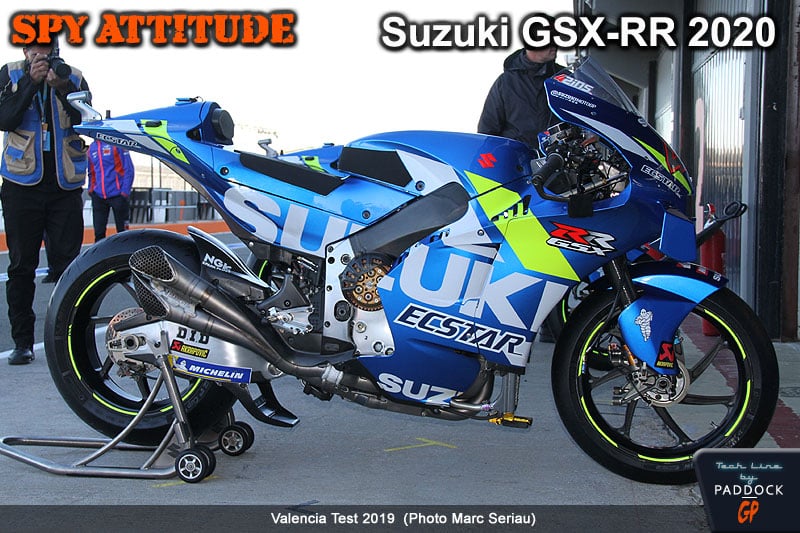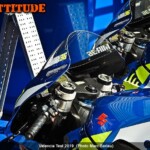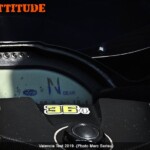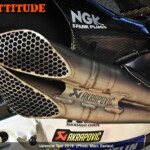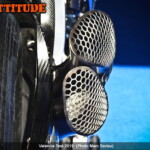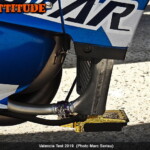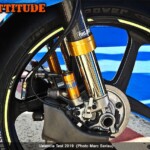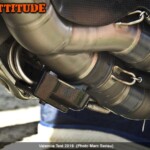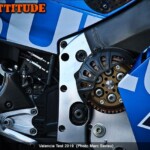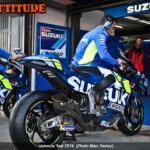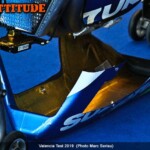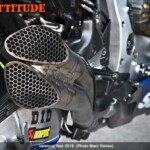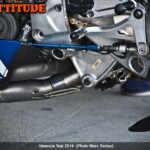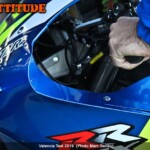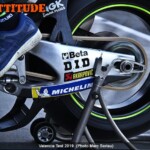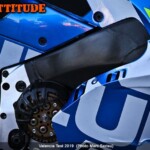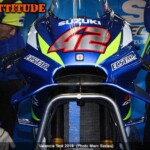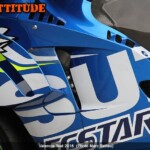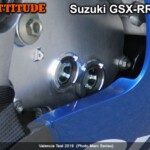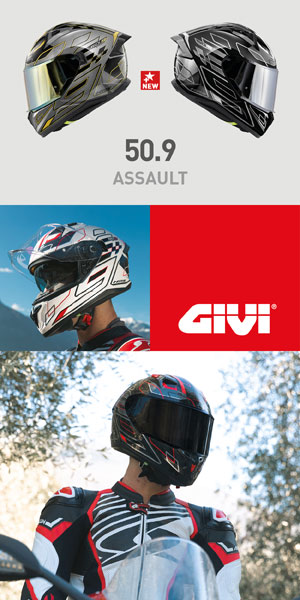During the first MotoGP test of the 2020 season held at the Ricardo Tormo circuit in Valencia, the Suzuki Ecstar team logically had the new engine which had hit the headlines during Sylvain Guintoli's wildcard in Japan.
The team manager of the Hamamatsu firm in MotoGP, Davide Brivio, declares itself satisfied with this new in-line four-cylinder, the 2019 version of which was already no longer at the bottom of the ranking.
Davide Brivio : “This new engine is an improvement. We also needed to work around it, with the electronics and the settings, and all these are promising things that both our drivers appreciated. We made comparisons with the old one and got positive feedback. Then we will wait for Sepang where we will have a lot more things regarding the chassis. We are currently fully focused on the engine, then we will work on the chassis. Currently we want more performance and speed, and, we'll see, but it seems like it. »
Externally, the new 2020 engine of the Suzuki GSX-RR can be recognized by the presence of a second oil level window on the right crankcase.
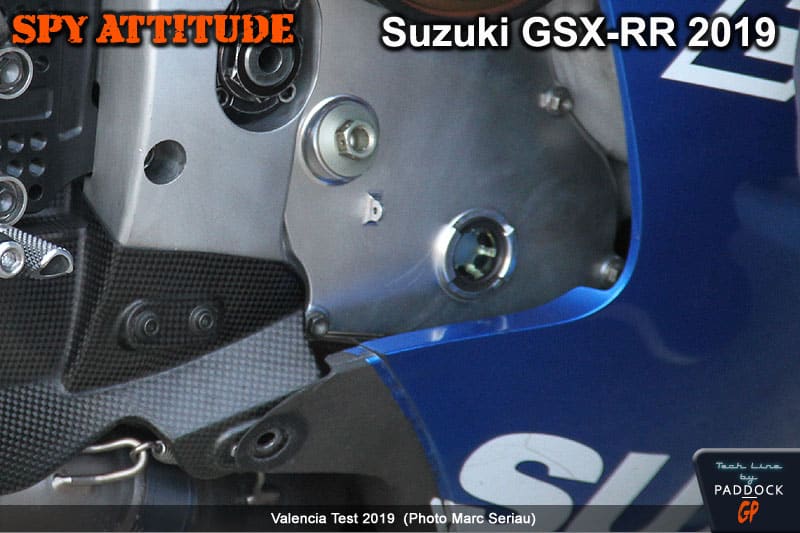
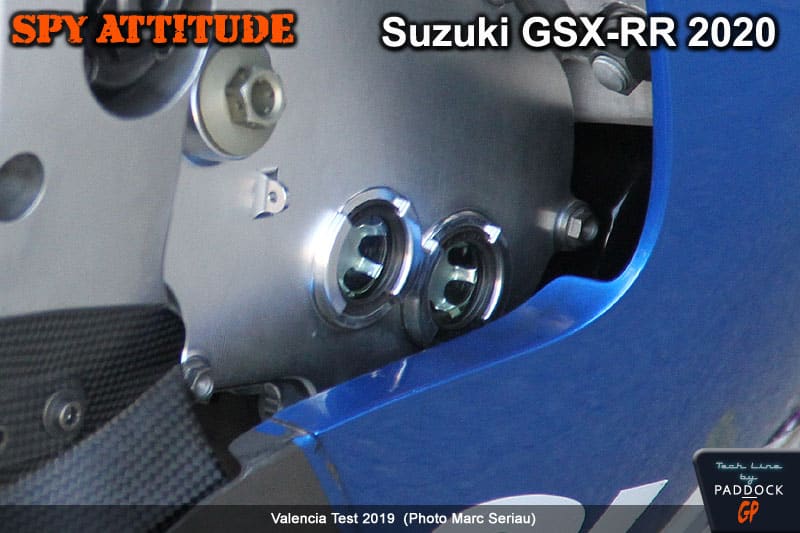
Its real function is unknown to us (cold and hot verification? Separation of lubrication circuits?), but is in any case linked to the complexity of the “dry sump” lubrication circuit(s) of a MotoGP: let's remember For example, the Yamaha M1, with an architecture similar to the Suzuki, has 7 oil pump rotors…
For the moment, this is almost the only new thing visible on the GSX-RR 2020 but, paradoxically, it means a lot…
Because this means above all that Suzuki is happy with its chassis, even if we are obviously always looking to improve all areas. However, this chassis is currently the only one made of an aluminum/carbon sandwich.
At the end of 2018, i.e. 5 months after the appearance of these carbon reinforcements on the frame rails, members of the Suzuki MotoGP team told us that it was only a temporary solution intended to determine optimal rigidity, then we would then see the appearance of a purely aluminum frame with the same rigidity.
Hmm…
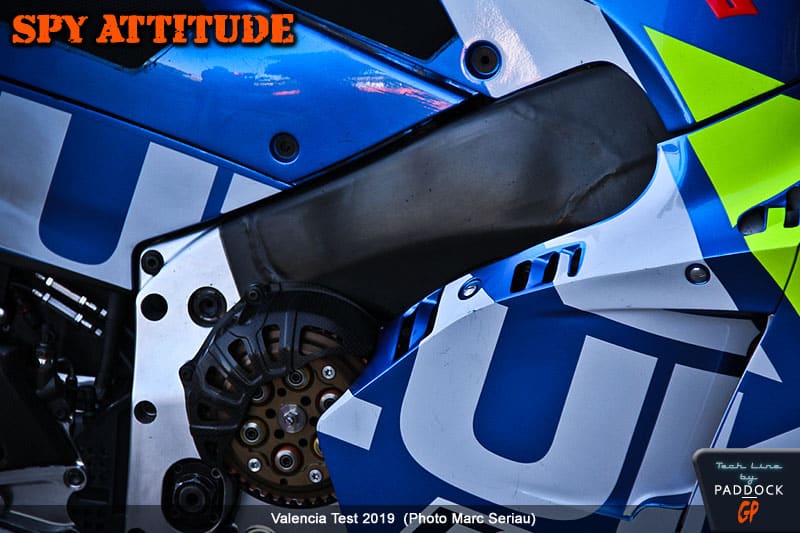
18 months later, Hamamatsu machines continue to use this composite solution, which apparently gives complete satisfaction, if we observe the cornering speeds ofAlex Rins.
The reason is undoubtedly due to the fact that such a carbon compound not only has an influence on rigidity, but also on the damping of temporary deformations.
Guy Coulon confirmed this to us, without wanting to go into details.
At Honda, we have had experience with carbon since the futuristic NR500 of 1983 (carbon frame, carbon swingarm, carbon wheels, carbon brakes, carbon fork tubes and carbon silencer) which, although not ever raced, clearly designated carbon as the material of the future.
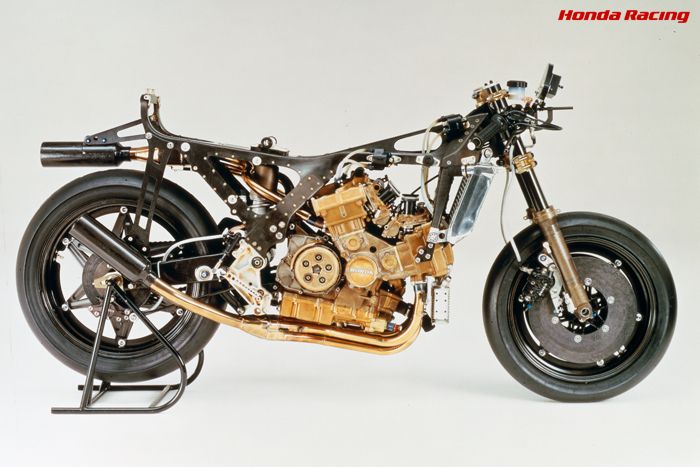
We are therefore observing this with interest and we have even gone so far as to test such a solution this year several times during trials, first with Stefan Bradl then with Marc Marquez.
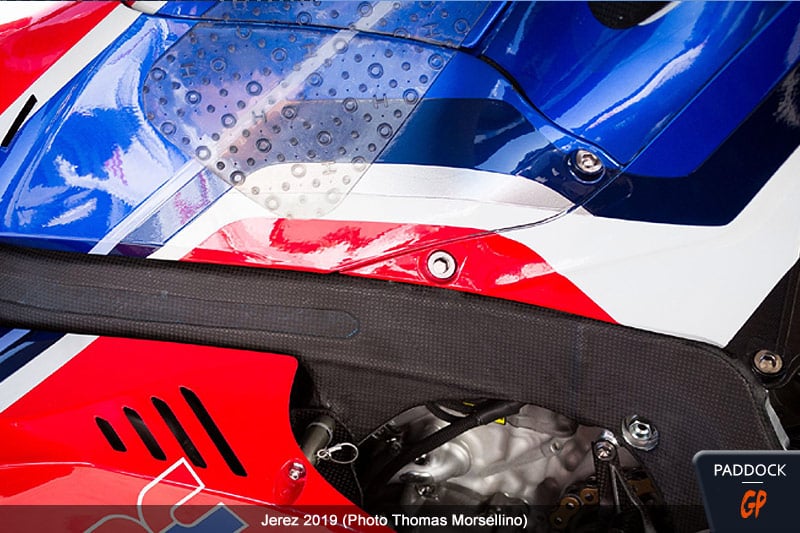
Interviewed by Mat Oxley,
Takeo Yokoyama, the technical director of HRC, remains cautious but attentive on this line of work: “It’s one of the tools we can play with. The good thing about carbon fiber is that we don't need to make a completely new chassis, we don't need to start with mass machining, which takes a lot of time. »
“With carbon we can add a ply here, two ply there, so when we see something is not right in the chassis stiffness, front, middle or rear, we can react faster. We will continue to change the chassis stiffness and try things. And if one day a carbon fiber clad chassis works really well, we will of course continue with it. »
“When you use different materials and especially when you add them together, the behavior of the deformations changes. It's different. But you never really know what's right and what's not, and that's why we can't stop working. »
Finally, and this has gone relatively unnoticed, in addition to a new aerodynamic solution, the GSX-RR adopted at the start of this year new fairing sides which no longer reveal the carbon or aluminum engine supports, as was the case. the case before.
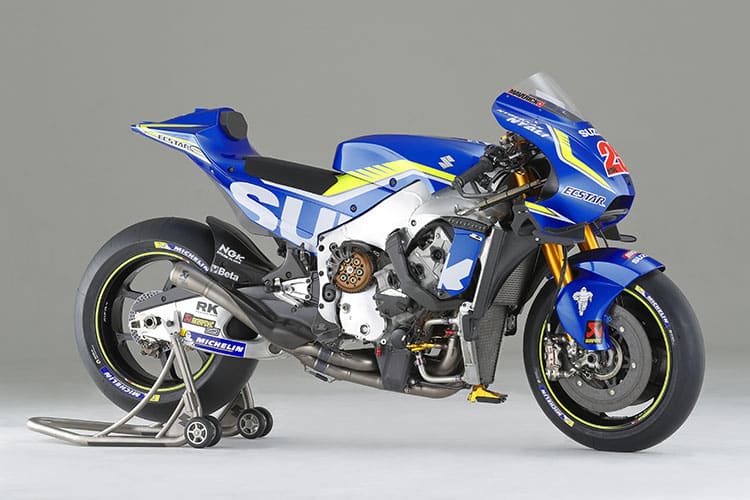
The latter, bolted and interchangeable, made it possible to adjust the rigidity of the frame according to the circuits.
Are they still present, under the fairing, or have the men from Hamamatsu opted for another solution?
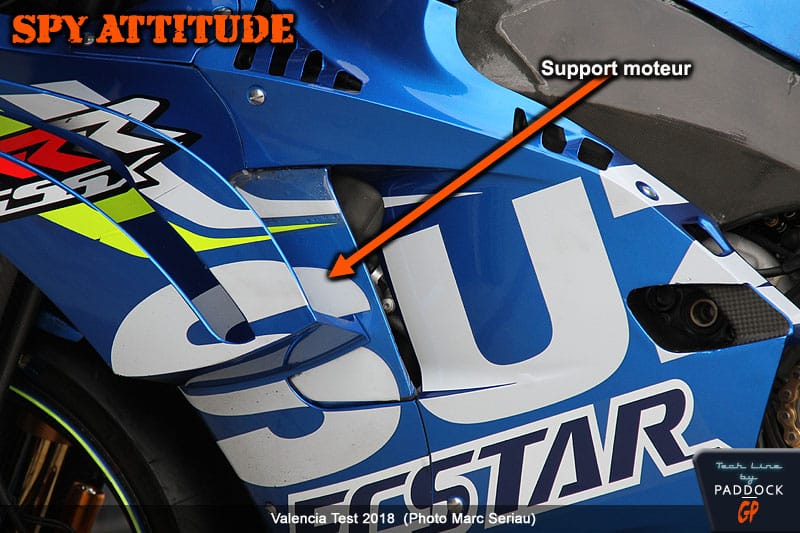
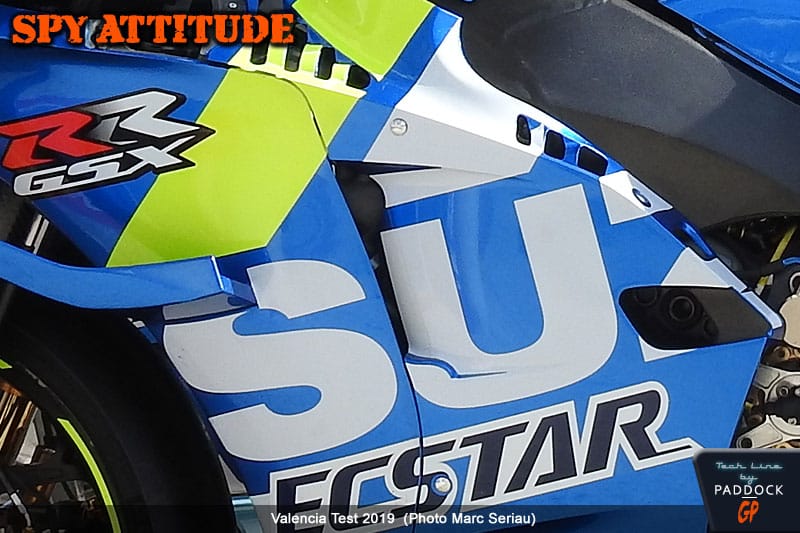
For the moment, no one has unlocked the secret…
Place for the pleasure of the eyes:










